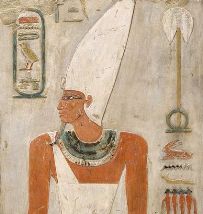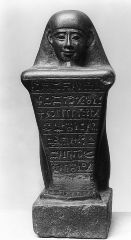Overview
Timeline of Ancient Egypt
Old Kingdom
Middle Kingdom
New Kingdom
Late Period
Greek and Roman Rule
Monuments and Geography
Geography and the Nile River
Cities of Ancient Egypt
Valley of the Kings
Egyptian Pyramids
Great Pyramid at Giza
The Great Sphinx
King Tut's Tomb
Famous Temples
|
Culture
Egyptian Food, Jobs, Daily Life
Ancient Egyptian Art
Clothing
Entertainment and Games
Egyptian Gods and Goddesses
Temples and Priests
Egyptian Mummies
Book of the Dead
Ancient Egyptian Government
Women's Roles
Hieroglyphics
Hieroglyphics Examples
|
People
Pharaohs
Akhenaten
Amenhotep III
Cleopatra VII
Hatshepsut
Ramses II
Thutmose III
Tutankhamun
Other
Inventions and Technology
Boats and Transportation
Egyptian Army and Soldiers
Glossary and Terms
|

